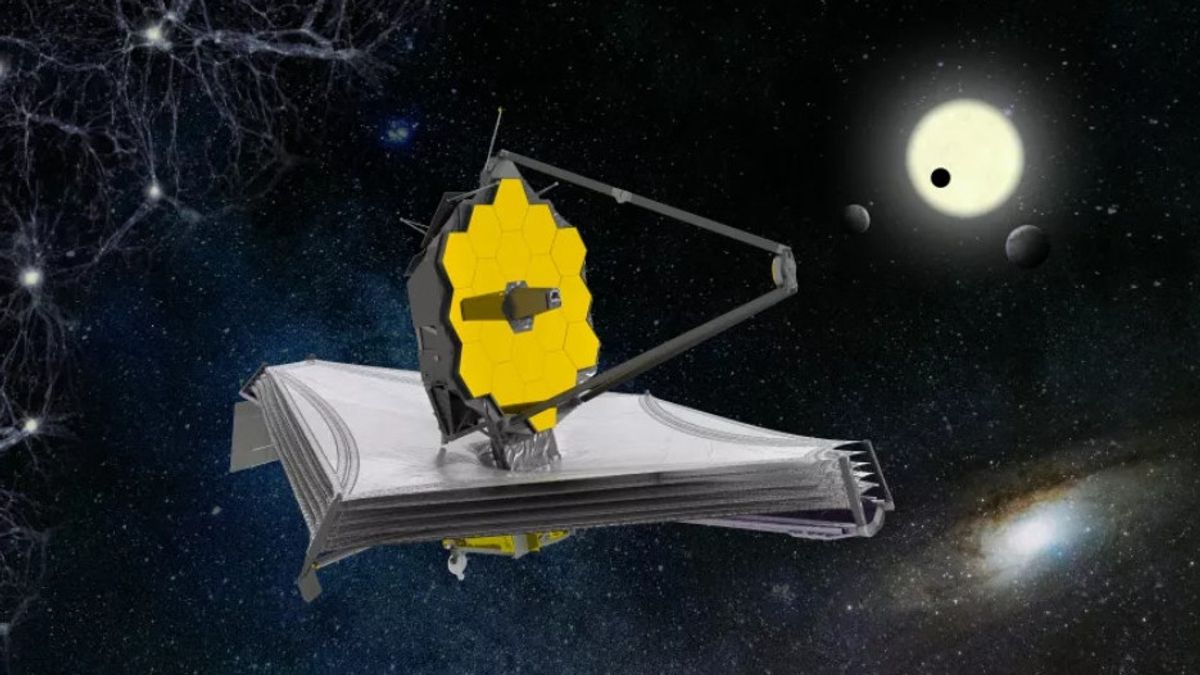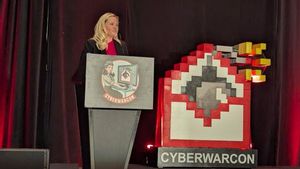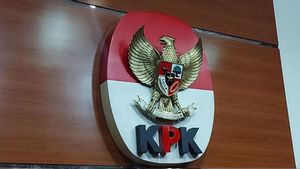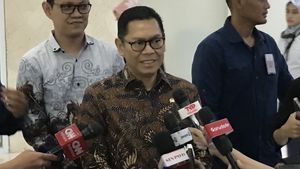JAKARTA - After taking months, the James Webb Space Telescope is now getting closer to starting its science mission by examining its instruments in the final stages.
It is known that the mirrors and instruments of the Webb Telescope are fully aligned, and the giant telescope is currently preparing to commission its instruments to begin the mission.
The Webb Telescope itself has four instruments, namely the Near-Infrared Camera (NIRCam), Near-Infrared Spectrometer (NIRSpec), Near-Infrared Imager, and Slitless Spectrometer (NIRISS) / Fine Guidance Sensor (FGS), and Mid-Infrared Instrument (MIRI).
But before the mission begins, the Webb Telescope scientists will need to check that every part of the instrument will work exactly as it should so that the telescope can peer at alien planets as accurately as possible.
All four instruments are powered on and cooled to operating temperatures. To inspect the components, the commissioning team operated instrument mechanisms such as wheels that controlled the NIRSpec filter, grille, and microshutter like tiny windows that could be opened and closed to shoot hundreds of targets at once.
Then on to instrument calibration, where each instrument will collect data from science targets and then be adjusted to ensure accuracy.
"The astrometric calibration of each instrument maps the pixels on the detectors to precise locations in the sky, to correct the small but unavoidable optical distortions that exist in every optical system. We do this by observing the astrometric plane of the Webb Telescope, a small patch of sky in the nearby galaxy, the Large Magellanic Cloud," said Scott Friedman, principal commissioning scientist for the Webb Telescope.
Citing Digital Trends, the Large Magellanic Cloud is a well-known astronomical object, which has previously been observed with great accuracy by the Hubble Space Telescope.
That is, scientists already have a very good comparison for them to see with the Webb Telescope. This allows them to calibrate small optical distortions in the instrument.
"Calibrating these distortions is necessary to place the science target precisely in the instrument's field of view," Friedman explains.
SEE ALSO:
"For example, to get a spectrum of a hundred galaxies simultaneously using the NIRSpec micro shutter assembly, the telescope must be pointed so that each galaxy is in the right shutter because there are a quarter of a million shutters."
Next, the teams will also test the sharpness of the images collected from each instrument, and test whether the instrument can correctly point to a given target.
The final step, checking whether the instrument can track a moving target, is not necessary for most observations because the target is very far away, but is useful for viewing targets such as asteroids and comets in the Solar System.
"We still have the important properties and capabilities of the instrument to test, measure, and demonstrate. When this is complete, we will be ready to begin the great science program that astronomers and the public have been waiting for. We are almost there," Friedman said.
The English, Chinese, Japanese, Arabic, and French versions are automatically generated by the AI. So there may still be inaccuracies in translating, please always see Indonesian as our main language. (system supported by DigitalSiber.id)
















